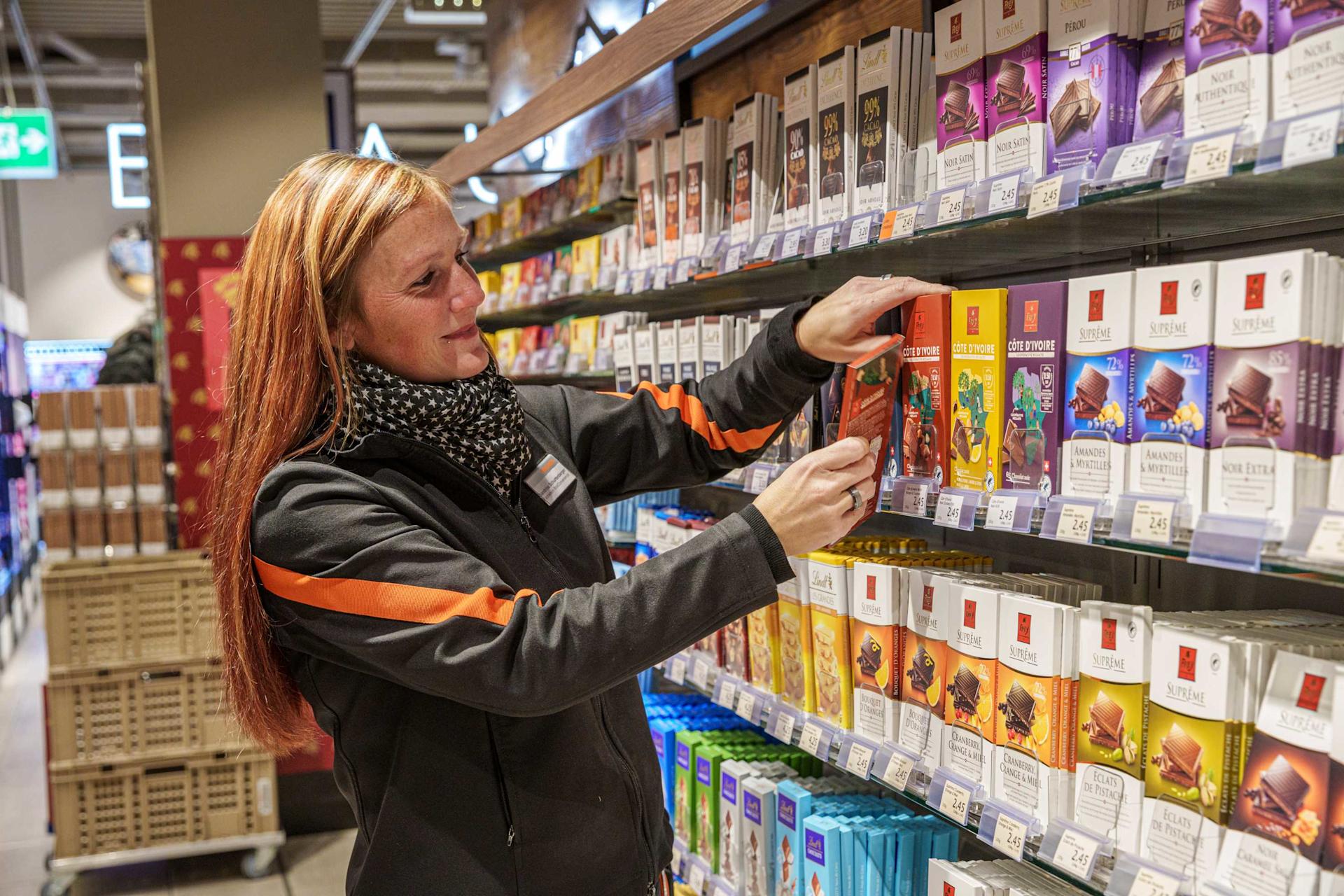
Sustainable products
What do you know about Fairtrade?
What is the most popular Fairtrade product? And who is this Max Havelaar anyway? Take our quiz and find out!
navigation

Sustainability
The chocolate sold at Migros is emblazoned with many labels, including Fairtrade, Bio and Rainforest Alliance. But what exactly do they mean? We provide an overview.
The bud label guarantees that all the ingredients in the chocolate, such as cocoa, milk and flavourings, are produced in line with the strict organic guidelines laid down by Bio Suisse, i.e. without the use of synthetic chemical pesticides or artificial fertilisers.
M-Check takes the assessment of a product's entire life cycle into account, from cultivation to transportation and packaging. The high water and fertiliser consumption has a big influence in the case of cocoa. That's because approximately 17,000 litres of water are needed to produce a single kilogram of chocolate, and the fertiliser used generates significant carbon dioxide (CO₂) emissions.
Two stars correspond to 4.8–9.9 kg of CO₂. By comparison, a 20-kilometre journey in a petrol-driven car produces around 7 kg of CO₂.
The Fairtrade Max Havelaar label denotes fairly traded and sustainably produced raw materials and products. Farmers are guaranteed minimum prices and receive additional premiums, which they use democratically for things like education, infrastructure and direct payments. Migros alone paid out about USD 2.2 million in premiums in 2024. In Switzerland, sales of Fairtrade products have exceeded CHF 1 billion for the first time.
The Rainforest Alliance—recognisable by the red-eyed tree frog logo—protects rainforests and biodiversity. It uses GPS data to monitor illegal deforestation. An important part of the certification programme is training farmers in sustainable agriculture and making cocoa plants more climate-resistant, for example by using trees to provide shade.
In order to help combat poverty, child labour and deforestation, the companies that buy cocoa bearing the frog logo pay over and above the market price for the harvest.
Find out how we use more sustainable raw materials to create more sustainable products.